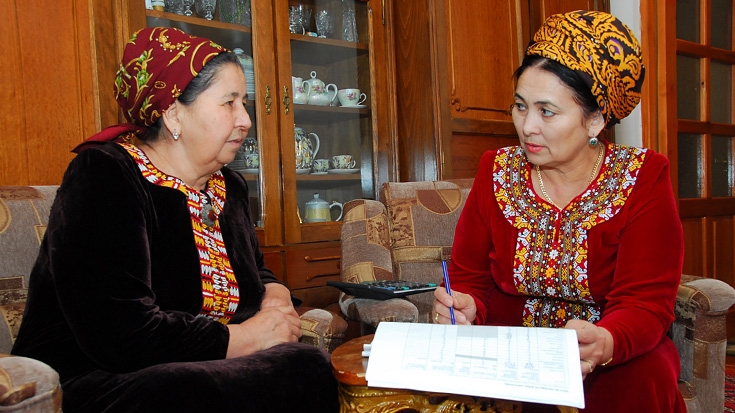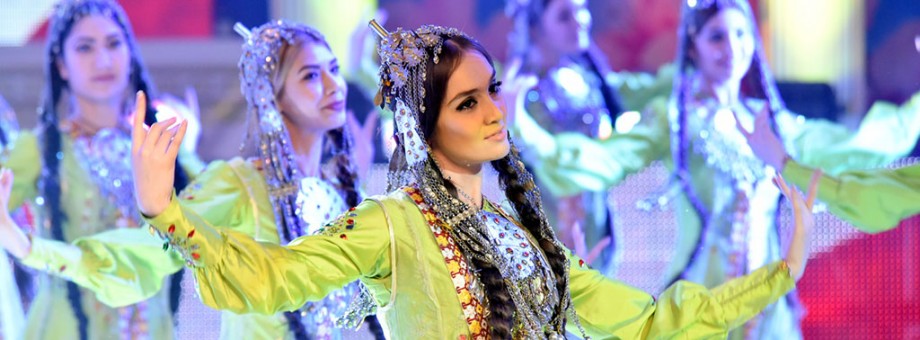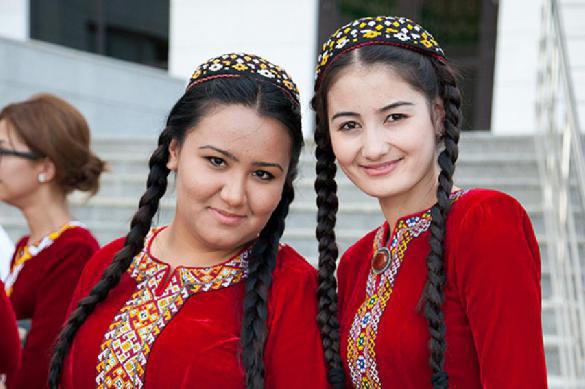The majority of the 5.5 million Roman Catholics within the Soviet Union lived within the Lithuanian, Belarusian, and Latvian republics, with a sprinkling in the Moldavian, Ukrainian, and Russian republics. Since World War II, probably the most lively Roman Catholic Church in the Soviet Union was in the Lithuanian Republic, the place the majority of persons are Catholics.
The last major victory of Arabs in Central Asia occurred on the Battle of Talas (751). The history of Turkestan dates back to a minimum of the third millennium BC. Many artifacts were produced in that period, with a lot commerce being carried out. The area was a focal point for cultural diffusion, because the Silk Road traversed it.
The principal government-managed airline of Turkmenistan is Turkmenistan Airlines. It can also be the biggest airline working in Turkmenistan.

How to get to Turkmenistan
The official governing body of non secular judges gave its official help to President Niyazov in the June 1992 elections. The present government oversees official Islam through a structure inherited from the Soviet period. Turkmenistan’s Muslim Religious Board, together with that of Uzbekistan, constitutes the Muslim Religious Board of Mavarannahr.
Turkmenistan is one of the most sparsely populated nations in Asia. Turkmenistan is a landlocked nation in Central Asia, bordering the Caspian Sea to the west, Iran and Afghanistan to the south, Uzbekistan to the north-east, and Kazakhstan to the north-west. It is the southernmost republic of the Commonwealth of Independent States (CIS), the unfastened federation created at the finish of 1991 by a lot of the Post-Soviet states. “В России 74% православных и 7% мусульман” [In Russia, seventy four% are Orthodox and seven% Muslims] (in Russian).

Articles revealed by the state-managed newspapers are closely censored and written to glorify the state and its chief. President Niyazov spent much of the nation’s revenue on extensively renovating cities, Ashgabat in particular. The Great Balkhan Range within the west of the nation (Balkan Province) and the Köýtendag Range on the southeastern border with Uzbekistan (Lebap Province) are the only other important elevations.
In addition, the government reserves itself the right to nominate and dismiss anybody who teaches non secular matters or who’s a member of the clergy. Since independence, the Islamic management in Turkmenistan has been more assertive, but largely it still responds to government control.
Abrahamic religions
A very small group of ethnic Germans, most of whom stay in and around the city of Serakhs, reportedly included training Lutherans. Approximately one thousand ethnic Poles reside in the nation; they have been largely absorbed into the Russian neighborhood and contemplate themselves Russian Orthodox.
Islamic revival

The Archdiocese of Moscow administers the Latin Rite of the Catholic Church in Russia. Further suffragan bishoprics exist in Irkutsk, Novosibirsk and Saratov. The Diocese of Irkutsk is in reality the largest Catholic bishopric on earth, masking an space of 9,960,000 squared kilometres. Almost all Russian Catholics adhere to the Latin Rite. However, the Catholic Church recognises the extraordinarily beautiful women from turkmenistan small Russian Greek Catholic Church as a Byzantine Rite church sui juris (“of its own jurisdiction”) in full communion with the Catholic Church.
In the early twentieth century, Pentecostal groups also fashioned. In the very early years of Soviet energy, the Bolsheviks centered their anti-religious efforts on the Russian Orthodox Church and it appeared to take a less hostile place in the direction of the ‘sectarians’. Already before Stalin’s rise to energy, the scenario modified, nonetheless.
Georgian Orthodox Church
Although under the Constitution all nationalities had been equal, in practice they weren’t handled so. Only fifteen nationalities had union republic status, which granted them, in precept, many rights, including the proper to secede from the union.
Leaders of this group (ultimately often known as the Council of the Church of Evangelical Christians-Baptists) faced notably persecution. Pentecostals, too, shaped their very own, underground organisation and had been targeted by the state consequently.
